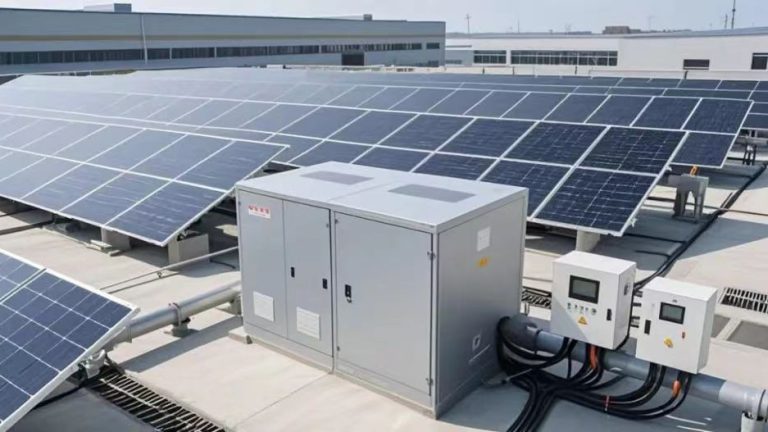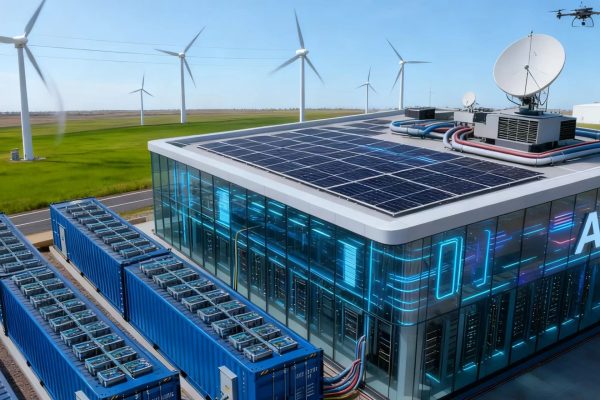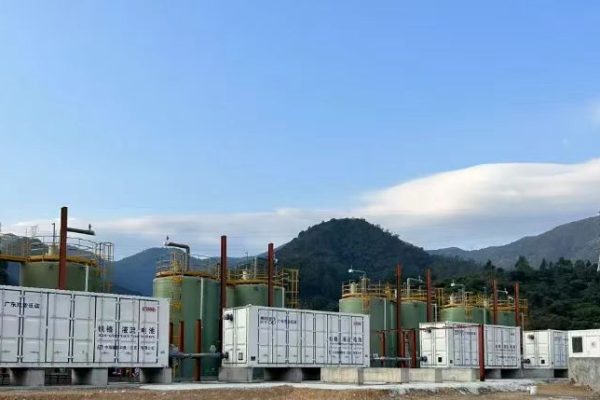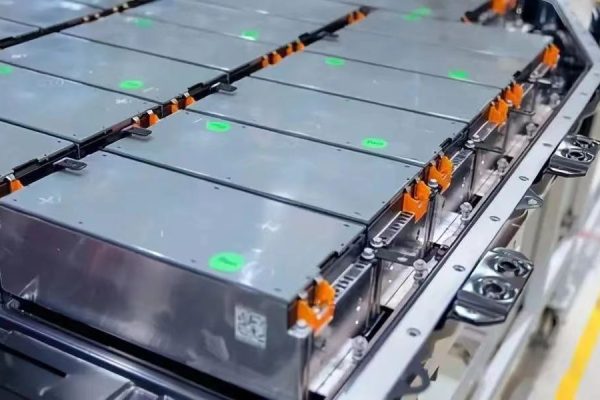What System Buyers Should Know Before Making Their Choice
As solar + storage adoption grows across Africa, Southeast Asia, Latin America, and parts of the Middle East, one thing becomes clear: inverter selection is no longer just about price or brand name. It’s about local fit, flexibility, and ecosystem support.
This article explores what types of inverters are actually selling in these markets, and what it means for buyers, installers, and EPCs trying to build resilient, profitable small-scale systems (5–100 kW).
🌍 1. What Defines an “Emerging Market” for Inverters?
Emerging markets typically share:
- Weak or unstable grids (load shedding, voltage dips)
- High diesel dependence
- Off-grid or hybrid deployment needs
- Limited access to strong after-sales networks
- Budget-conscious but increasingly spec-savvy buyers
In this context, the inverter is more than a converter—it’s the brain of a distributed energy system.
📊 2. Top-Selling Inverter Types by Region
| Region | Popular Inverter Types | Power Range | Key Features Buyers Want |
|---|---|---|---|
| Sub-Saharan Africa | Hybrid Inverters | 5–10 kW | Battery support, off-grid ability, MPPT for high temp |
| Southeast Asia | Grid-tied & Hybrid | 5–30 kW | Parallel function, lightning protection, remote monitor |
| Latin America | String Inverters | 10–50 kW | Spanish UI, low derating at high temp |
| MENA Region | 3-Phase Hybrids | 10–50 kW | Arabic menus, high surge tolerance, dry heat design |
🔧 3. What Features Are Driving Sales?
From a system buyer’s perspective, the most successful inverter products in these markets tend to offer:
- ✅ Multi-mode support: Off-grid + on-grid + battery
- ✅ Wide PV input range: Especially useful where panel quality varies
- ✅ RS485 / CAN / WiFi: For battery and EMS coordination
- ✅ User-friendly interface: Especially for owner-operated systems
- ✅ Flexible firmware: Region-specific grid codes, generator settings
- ✅ Reasonable pricing: But not the cheapest—buyers now value “fit” over “low cost”
As a buyer, ask not just “What’s the price per watt?”—but “Will this unit survive local conditions, work with my battery, and be commissionable by my local team?”
🏆 4. Brands That Are Gaining Ground (2024–2025 Observation)
Disclaimer: Brand performance may vary by country and project size.
| Segment | Gaining Popularity |
|---|---|
| 5–10 kW hybrid | Deye, Growatt, Luxpower, Must, Sunsynk |
| 10–30 kW hybrid | Solis, Sofar, GoodWe, SAJ |
| 30–50 kW string (commercial) | Huawei, Sungrow, Solinteg |
| Entry-level off-grid | MPP Solar, Voltronic, Axpert-type OEMs |
These brands are not just pushing volume—they are actively tuning their firmware, communication protocols, and accessories for emerging market needs.
💬 5. What Are System Buyers Saying?
In discussions with buyers in Kenya, Philippines, Pakistan, and Nigeria, common feedback includes:
- “I need something my technician can program without a PC.”
- “The inverter must speak to my lithium battery over RS485 or CAN—no one wants to guess settings.”
- “We tried the cheapest before—it failed. Now we pay a bit more for units with stable firmware and service access.”
This reflects a maturing market mindset: where buyers want sustainable, maintainable systems—not just one-time installs.
🛒 6. Buying Tips for Emerging Market Projects
If you’re sourcing inverters for developing markets, consider:
| Tip | Why It Matters |
|---|---|
| Ask for field reports or references | Avoid firmware or grid-compatibility surprises |
| Check distributor stock and support | Ensure quick replacements, not long sea freight waits |
| Validate compatibility with lithium packs | Especially for LFP-based storage |
| Confirm installation flexibility | Wall mount, wiring space, local compliance |
Inverters That Work Where It Counts
Top-selling inverters in emerging markets don’t just sell on price—they win on:
- Environmental adaptability
- Ease of setup and troubleshooting
- Battery and EMS integration
- Local installer comfort
For small EPCs and independent buyers, choosing the right inverter partner is key. You’re not just buying a box—you’re buying a system’s brain, and its ability to work with the realities on the ground.









